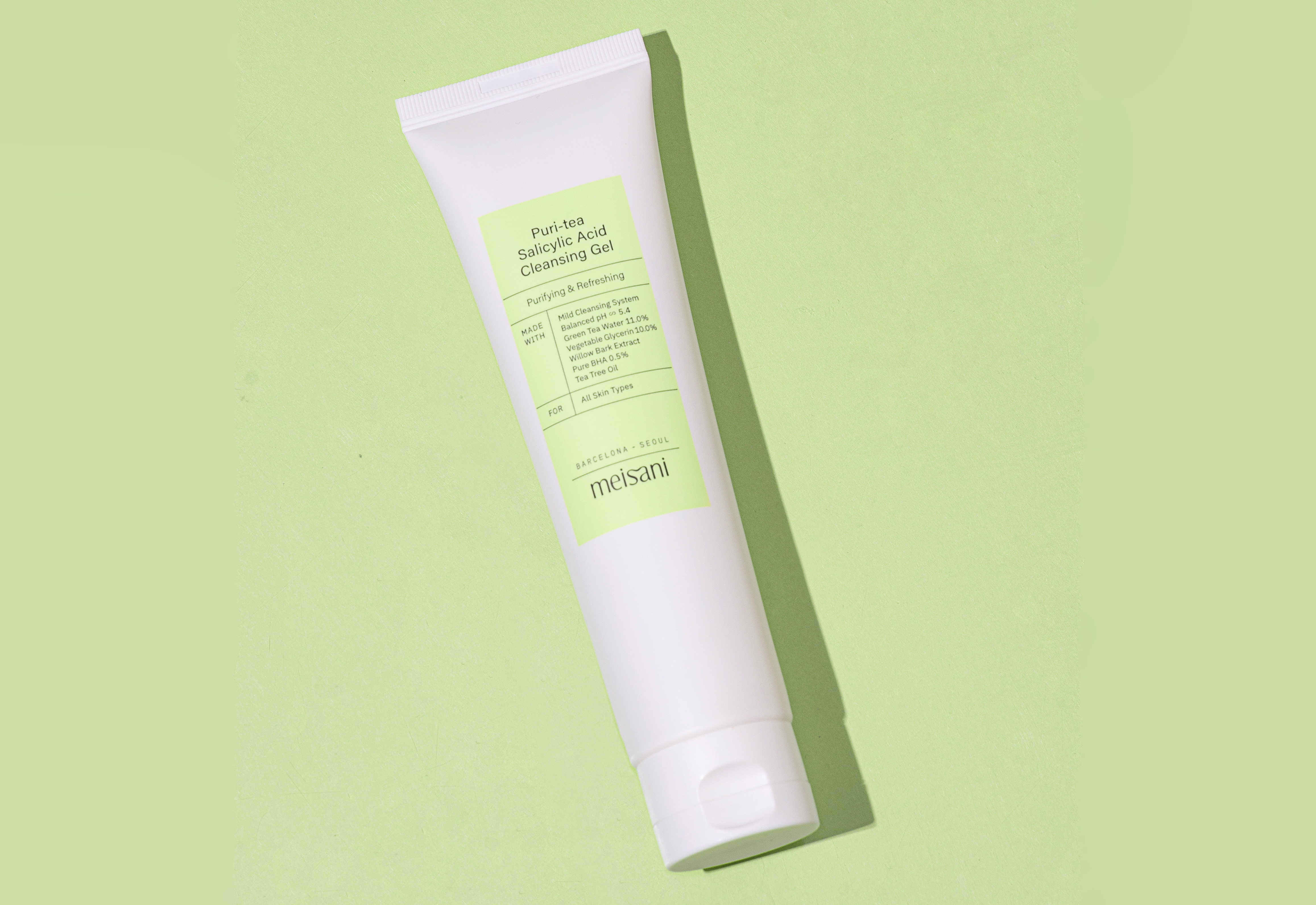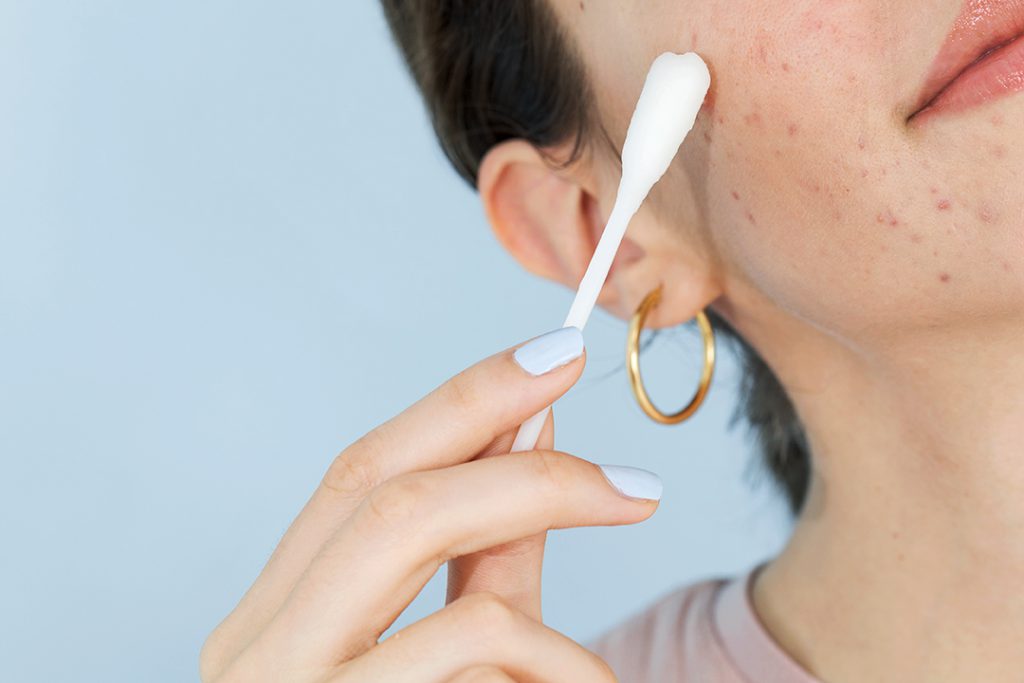“I’m over 25 years old and I have acne. Why? What am I doing wrong?” This is one of the most frequently asked questions that our Beauty Advisors get. It’s true that acne is related to puberty and being a teenager, but it’s also true that it can also appear when we’re adults. That said, it’s important to know the differences between teenage acne and adult acne: neither its causes nor the way to treat it are the same. We spoke with Dr Cristina Eguren, dermatologist at the Eguren Dermatology and Cosmetic Clinic in Madrid and member of Top Doctors to answer some of our questions.
What are some of the reasons why acne can appear during adulthood?
Adult acne appears after age 25 either because of the persistence of teenage acne or it appears on its own, which means in people who never had acne during puberty. Far from popular belief, adult acne is fairly common and affects about 15% of women and 2-3% of men. Its main cause is hormonal, which is why it’s important to evaluate if there’s a hormonal disorder associated with the acne (more body hair growth, irregular periods, hair loss, increased oil production in the skin and hair, etc.). Other factors that can also cause adult acne to appear include stress, improper use of makeup, treatments for injuries, etc.
What’s the difference between adult acne and teenage acne?
Adult acne is predominated by inflamed lesions, in other words, the deep red and sometimes painful pimples, and they mainly appear on the lower third of the face (jaw and chin). With teenage acne, on the other hand, there are usually more comedos (blackheads) along with red pimples and whiteheads, and the lesions begin to appear on the forehead and nose.
Can acne appear on dry skin? What would be the treatment in this case?
Acne usually goes hand in hand with an increase in size and production of the sebaceous gland, which is why acne-prone skin tends to suffer from excess oil. However, it’s common to see oily yet dehydrated skin, which is when the cutaneous cells don’t retain enough water. The patient will notice oily skin with pimples in some areas while other areas are dry and flaky. In these cases, it’s essential to rebalance how these skin cells operate, regulate oil production and make sure that the cells retain water.
Which ingredients would you recommend? There’s a lot of talk about snail mucus and centella asiatica – what do they do?
For localized treatment, I would recommend retinol or retinoic acid, which regulates the exfoliation of your skin, prevents blackheads, regulates oil production, activates skin cells to function properly and increases collagen production to diminish scarring.
Snail mucus contains allantoin, a natural active ingredient which is very useful in healing wounds. Centella asiatica, also known as “tiger herb”, has been a well-known ingredient for centuries in traditional Chinese medicine and performs a healing, hydrating and collagen-stimulating function. Both can work as extras in acne treatment to help balance skin and heal scars.
Cristina Eguren
Dermatologist
Eguren Dermatology and Cosmetic Clinic



Comments